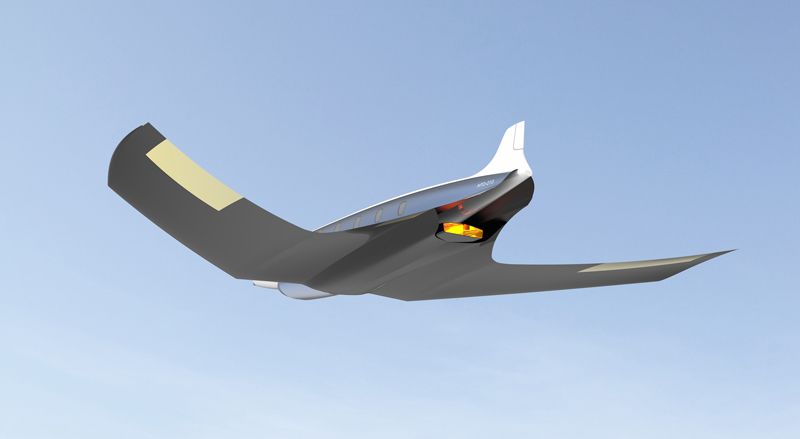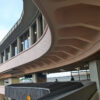R emember the assorted futuristic technologies about to which I referred in this article where you could travel from New York to Beijing in as few as two hours; or this article pertaining to possibly one day traveling from London to New York in approximately one hour?
Pshaw. Those amateurs pale in comparison to this latest concept in flight.
Imagine flying as a passenger on an airplane which can travel at up to approximately 12 times the speed of Concorde where it would be able to fly from New York to London in eleven minutes; New York to Dubai in 22 minutes; and New York to Sydney in 32 minutes.
Well, you will just have to imagine a “little” longer, as that scenario is not possible — yet, anyway.
Antipode: A New Supersonic Business Jet Concept
The aircraft is a supersonic business jet concept known as Antipode — meaning diametrical opposite — according to this article posted at Imaginactive, which is a non-profit organization whose mission is to inspire the next generations to devise and share ideas about the future of transportation. Antipode will purportedly be able to travel carrying up to a maximum of ten passengers at up to a maximum speed of 16,000 miles per hour.
The images of the Antipode concept shown in this article were created by Abhishek Roy; while Charles Bombardier designed the aircraft.
Long Penetration Mode
To counter such problems as loud sonic booms and friction at high speeds, Antipode would use a phenomenon known as long penetration mode, as this video from NASA — which is the National Aeronautics and Space Administration of the United States — supposedly demonstrates.
Long penetration mode would theoretically channel some of the air — flowing at supersonic speed — through a nozzle located on the nose of the aircraft and employ the counterflowing jets of air on its leading edges a nozzle on the nose of the aircraft to suck in air as the surface temperature is cooled due to aero-heating while simultaneously muffling the noise created as a result of breaking the sound barrier. The air intake is visible at the bottom of the front of the aircraft in the image shown below.
The leading edge of the wings of the aircraft could also be fitted with linear nozzles so that air could also flow out of them too. In this manner, all leading edge surfaces of the aircraft could also be potentially cooled by long penetration mode.

By using reusable rocket boosters — which would attach to the wings — the Antipode would be able to take off directly from any airfield; and enough thrust to lift off would be provided in the ascent of the aircraft to a maximum altitude of 40,000. The acceleration boosters would then separate from the Antipode and fly back to the airbase. At the speed of Mach 5, the onboard computer of the aircraft would ignite its supersonic combustion ramjet engine and accelerate up to Mach 24.
The wings of the aircraft would have enough lift to glide and land on a runway as short as 6,000 feet in length. Emergency compact rocket boosters could be ignited in case the aircraft needed to attempt a second landing; and could also be used to slow down the aircraft.
Summary
This exciting aircraft and the technology it uses is sadly decades away from becoming a reality — and even then, passengers will need to be significantly wealthy to be able to afford a ride in it.
Besides, it will most likely not be used in commercial aviation; but rather as an airplane used for military or luxury business purposes — at least, initially.
Unless you ate quickly, there would be no need for meals or virtually any other serve by members of the flight crew aboard flights with this airplane, as there is barely enough time for virtually any flight.
Although I flew as a passenger on Concorde — I intend to post a retroactive trip report on my experience — I would like to be a passenger aboard this aircraft during flights. Just imagine how fast the earth would soon below.
The problem is that if that were possible, it would most likely not happen for decades — and it would potential cost tens of thousands of dollars for a flight.
As with other potentially promising technologies, it will be interesting to see whether or not this one — er — takes off…
Source of images: Imaginactive.

